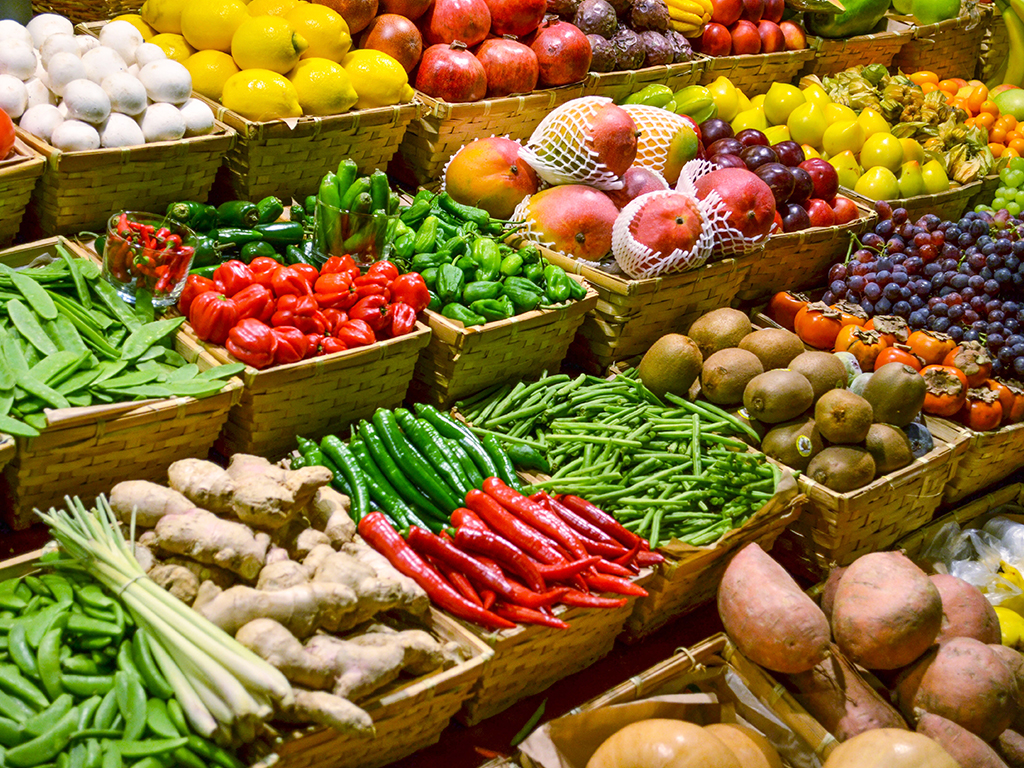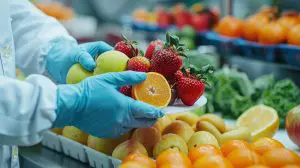First published in 1997, the US FDA just released the 2022 edition of the Food Code, thereby marking 30 years of the FDA Food Code in its current format. Written with the current understanding of food safety and science principles, the consumer health guideline (“the model code”) ensures that food products purchased at retail or offered at food service are food safety compliant, meaning they are “safe, unadulterated, and honestly presented” to the consumer. The FDA Food Code applies to restaurants, grocery stores, and institutions such as nursing homes.
Provisions in the FDA Food Code are aligned with federal food safety laws and regulations and are written to be adopted by all levels of government in the United States.
Citing CDC disease outbreak data, the FDA estimates that 48 million food-related illnesses occur each year in the United States, leading to 128,000 hospitalizations, and 3,000 deaths. There are, each year, about 1,000 documented food disease outbreaks if one counts all local, state, and national reports. The financial burden of unsafe food is estimated to range between $10 and $83 billion.
A review of the disease outbreak data confirms the five recurring and leading causes of foodborne illness.
- Improper food holding temperatures,
- Inadequate cooking,
- Contaminated equipment,
- Food from unsafe sources, and
- Poor personal hygiene (food handlers).
Key interventions to prevent the spread of foodborne illness focus on demonstrating food safety knowledge (knowledge of foodborne disease prevention, application of the HACCP principles and GMP practices), enforcing employee health controls (reporting of communicable diseases that may be passed on through contaminated food) and handwashing practices. The FDA Food Code also addresses time and temperature parameters for controlling food pathogens and the need for consumer outreach to encourage safe handling practices.
The FDA Food Code offers definitions for RTE and non-RTE foods. It must be noted that “Fruits and vegetables” have been replaced with “Plant foods” in paragraph (2)(c).
“Ready-to-eat food” includes:
(a) Raw animal FOOD that is cooked as specified under § 3-401.11 or 3-401.12, or frozen as specified under § 3-402.11;
(b) Raw fruits and vegetables that are washed as specified under § 3-302.15;
(c) Plant FOODS that are cooked for hot holding, as specified under § 3-401.13;
(d) All-TIME/TEMPERATURE CONTROL FOR SAFETY FOOD that is cooked to the temperature and time required for the specific FOOD under Subpart 3-401 and cooled as specified under § 3-501.14;
(e) Plant FOOD for which further washing, cooking, or other processing is not required for FOOD safety, and from which rinds, peels, husks, or shells, if naturally present are removed;
(f) Substances derived from plants such as spices, seasonings, and sugar;
(g) A bakery item such as bread, cakes, pies, fillings, or icing for which further cooking is not required for FOOD safety;
(h) The following products that are produced in accordance with USDA guidelines and that have received a lethality treatment for pathogens: dry, fermented sausages, such as dry salami or pepperoni; salt-cured MEAT and POULTRY products, such as prosciutto ham, country cured ham, and Parma ham; and dried MEAT and POULTRY products, such as jerky or beef sticks; and
(i) FOODS manufactured as specified in 21 CFR Part 113, Thermally Processed Low-Acid Foods Packaged in Hermetically Sealed Containers.
Non-RTE foods are defined as “(a) Commercially Packaged Food that bears a manufacturer’s cooking instructions; and (b) Food for which the manufacturer has provided information that it has not been processed to control pathogens” (Refer to Definitions on Page 22).
In addition, “potentially hazardous food or PHF” are now being referred to “Time/Temperature Control for Safety Food” in reference to the Safe Harbor Example (IFT, 2001). Such food is defined as “Food that requires time/temperature control for safety (TCS) to limit pathogenic microorganism growth or toxin formation.”
Amongst the significant changes to the 2022 Food Code, we find new definitions and provisions:
- Sesame has been added to the list of priority allergens, bringing the total number of allergens that require labeling to nine in the United States. On January 1, 2023, the Food Allergy Safety, Treatment, Education, and Research (FASTER) Act, a federal law passed in 2021, made sesame the ninth major food allergen. The other eight major food allergens were defined through a federal law dating from 2004.
- In addition, potential consumers must be notified in writing of major allergens in unpackaged food and bulk food for self-dispensing.
- The definition of “intact meat” now includes enhancements to clarify time/temperature cooking requirements. “Intact meat” is defined as “a cut of whole muscle(s) meat that has not undergone comminution, mechanical tenderization, vacuum tumbling with solutions, reconstruction, cubing or pounding.”
- Food donations are also mentioned with regards to how they are stored, prepared, packaged, displayed, and labeled to ensure public health.
- Under section 3-302.15B Washing Fruits and Vegetables, “Fruits and vegetables may be washed by using chemicals as specified under § 7-204.12 and a test kit or other device that accurately measures the active ingredient concentration of the fruit and vegetable wash solution may be provided.”
- Under Section 3-401.15 Manufacturer Cooking Instructions, food whose label displays cooking instructions must be cooked according to those instructions before use in RTE foods or offered unpackaged for human consumption unless the label specifies that the food may be consumed without cooking. In addition, food labeled as “not processed to control for specific pathogens”, when used in Ready-to-Eat foods or offered for human consumption, must be cooked according to safe time and temperature parameters that are appropriate for the food product.
- Lastly, new requirements are put forward to allow for pet dogs in outdoor dining spaces.
A summary of changes in the 2022 FDA Food Code can be accessed here.
References:
CDC – Burden of Foodborne Illness: Findings
Sirocco Consulting offers food safety training and written plan development services. Contact us if you require HACCP, PCQI training, or if you need a written food safety plan (Preventive Controls for Human Food, FSVP, HACCP, Canadian PCP plan) to be compliant with food safety regulations.





